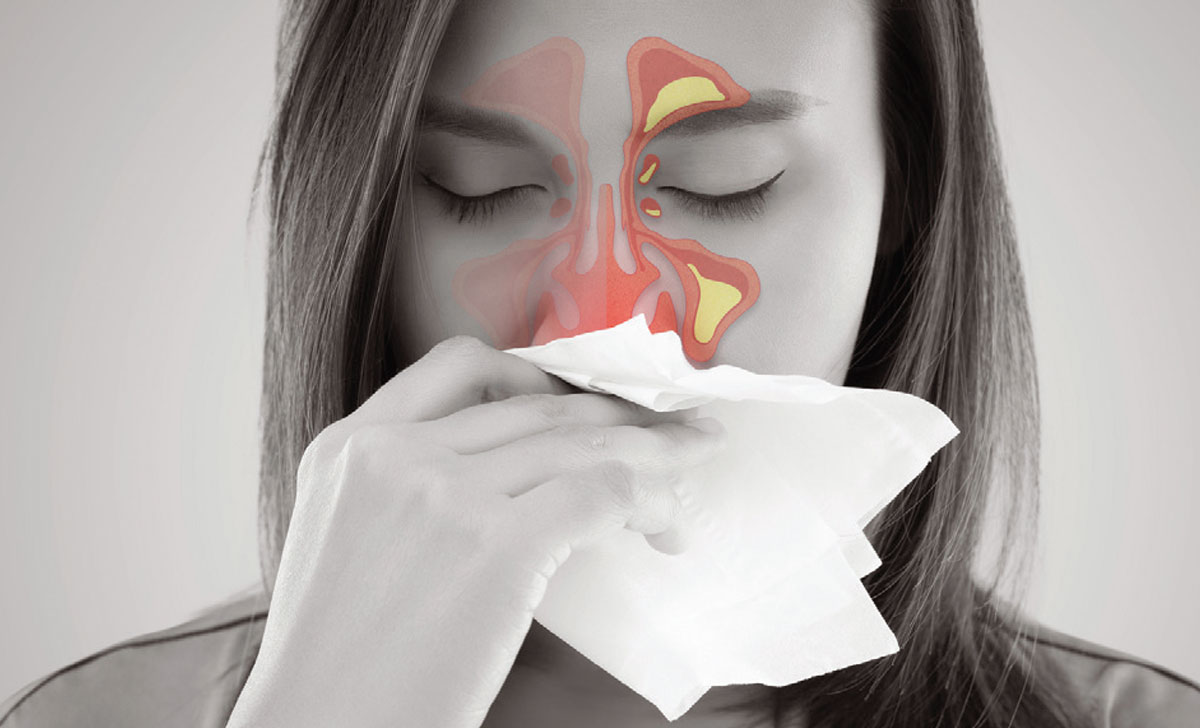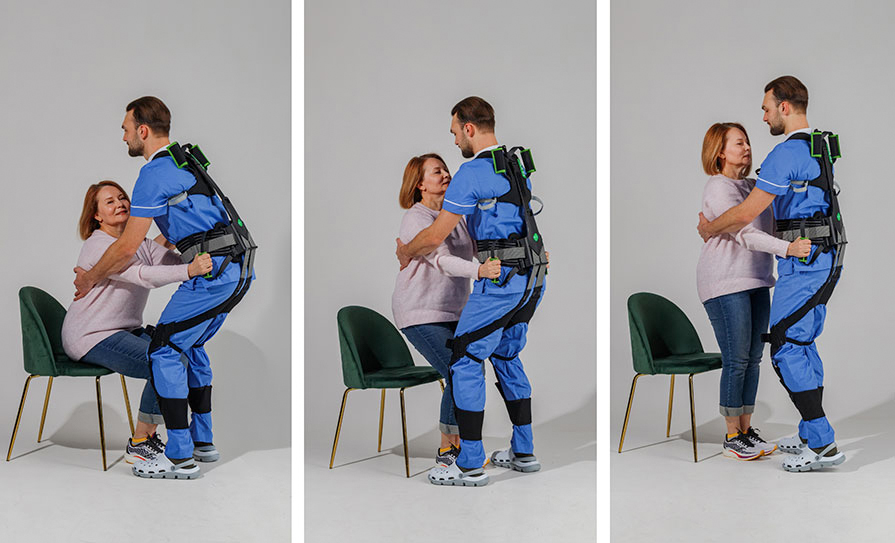Ever the optimists, we must assume (in hope rather than expectation) that the onset of spring will bring with it warmer weather. Along with that, of course, comes the usual flood of allergies and skin inflammations. But there is a strange and parallel world of rare allergies, the symptoms of which could baffle even the most scrupulous doctor.
Aquagenic urticaria – or ‘water allergy’ – is possibly the best known of these very rare conditions. Like many other rare allergies, aquagenic urticaria is mysterious in terms of its causes and possible place within a larger syndrome. Because it is so rare, research into it is scant, but it is characterised by small, raised bumps surrounded by larger, red areas that may be itchy. They usually manifest on the neck, the upper arms, and the trunk.
A ‘water challenge test’ involving a wet compress on the chest for 20 minutes can help with the diagnosis and some of the treatment options include using alcohol-based cleansers, antihistamines, skin barriers or UV light therapy.
Exercise-induced urticaria (or ‘exercise allergy’) is a very rare allergic reaction to physical exercise and causes large welts on the skin that may be itchy and appear in response to physical exercise. The identification of exercise allergy is painstaking and involves meticulously ruling out any foods that may be interacting with the body to trigger the allergy upon physical exertion. The usual symptoms include hives, itchy skin, flushing, stomach cramps, headache, and possibly swelling of the face, tongue or hands.
Most of us have known somebody who seems allergic to putting their hand in their pockets to pay for a round, but if you wanted to be kind, you could assume they suffer with nickel allergy. This is one of the more common allergies and is a reaction to nickel, one of the ingredients with which coins are made. This condition can be problematic on a wider scale, as it often occurs due to contact with jewellery, zippers, the frames of eyeglasses, watchbands, buckles, buttons, snaps, and hooks.
To complicate the situation, nickel is also widely used in the manufacture of cellphones, meaning that people who suffer with a nickel allergy may also be allergic to their mobile phones (even phones with cases).
Perhaps ‘coming soon to a bush near you’ is the pine processionary caterpillar. This fuzzy leaf-crawler is most found in North Africa, southern Europe and the Middle East, but has slowly been crawling its way northwards and has been spotted as far north as Paris, Switzerland, and Hungary. In a study in The Scientific World Journal, the authors stated that this bug “causes dermatological reactions in human by contact with its irritating larvae hairs”. It’s not even necessary to touch the bug, as its hairs travel through the breeze, making the cause of this allergy even more difficult to establish.
The condition vibratory urticaria is so rare that the number of sufferers has not been established, but for those affected, the consequences can be baffling and extremely inconvenient. As the name suggests, vibratory urticaria causes swelling, itching, headaches, and blurry vision when the sufferer comes into contact with anything that vibrates. This includes lawnmowers, motorcycles, and almost anything else you can think of that vibrates. Headaches, fatigue, faintness, blurry vision, and a metallic taste in the mouth comprise other common symptoms and the unfortunate sufferer can experience several episodes each day, lasting for up to an hour each time.
Finally, in a slightly cruel twist of fate, some people are actually allergic to their antihistamines. This is thought not to be an allergic reaction to the active ingredients themselves, but rather to the dyes and additives contained in the medication.
People who are ‘allergic to work’ is a topic for another day, but the symptoms include excessive texting, extended lunch and coffee breaks, inability to complete paperwork, a systemic lack of enthusiasm, and a severe allergy to showing up. The literature is sparse, but the anecdotal evidence is strong.













Leave a Reply
You must be logged in to post a comment.